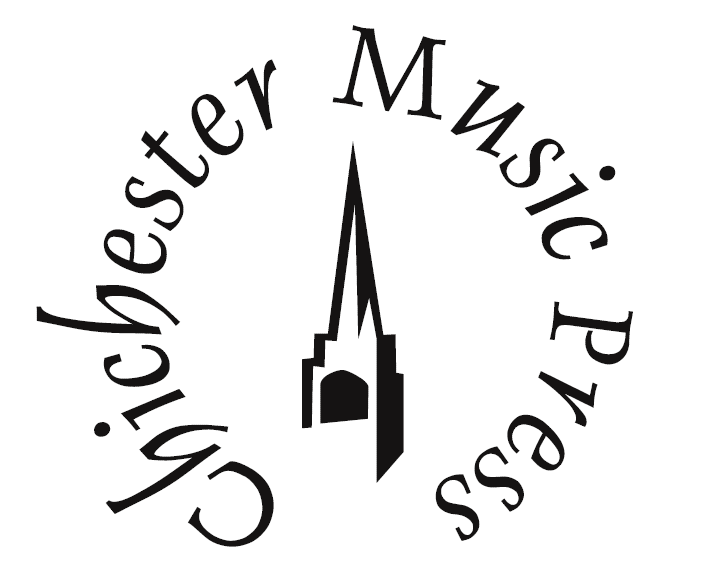
 |
|
Duration: 4'45" Ensemble: SATB organ Grading: Easy/Medium |
|
I was going to write a piece for Christmas in the traditional way but, with so much conflict in the world, I found this poem by Longfellow. Although he is referring to the American Civil War, its sentiment still holds true
today, with Ukraine amongst so many other countries.
Longfellow wrote this on Christmas Day 1863. He had been widowed with six children to bring up, the oldest of which had been seriously wounded as the country fought against itself. The words capture the dynamic and dissonance in Longfellows heart and the world he observed around him.
The construction of the poem The Christmas Bells is interesting - each verse has five lines and rhymes in an AABBC scheme. Line A has eight syllables, with B and C each being half of that. Each verse ends with the same line of text, despite the varying nature of the verses.
In verse one the speaker hears the bells on Christmas day, creating music that sings of peace and goodwill. Verse two refers to the long-lasting aspect of worship on Christmas Day. Verse three reflects on the way the world changes. Verses four and five suddenly drag the listener into the horrors of war, the battlefield drowning out the sound of the carols - yet still ending with "peace on earth, goodwill to men". With verse six the speaker is in despair, the hate mocking the words "Of peace on earth, goodwill to men". Verse seven renews faith in the world. "God is not dead, nor doth he sleep. Wrong shall fail, the Right prevail", ending with a confident "With Peace on Earth, Good will to men".
Throughout the piece I have kept a persistent tolling in the organ part, sometimes bright, sometimes harsh, changes of tonality and on one occasion, a simple funereal tolling, always reflecting the meaning of the words and the nature of the verse. After the triumphant ending I imitate the bell tower at the end of a peal.